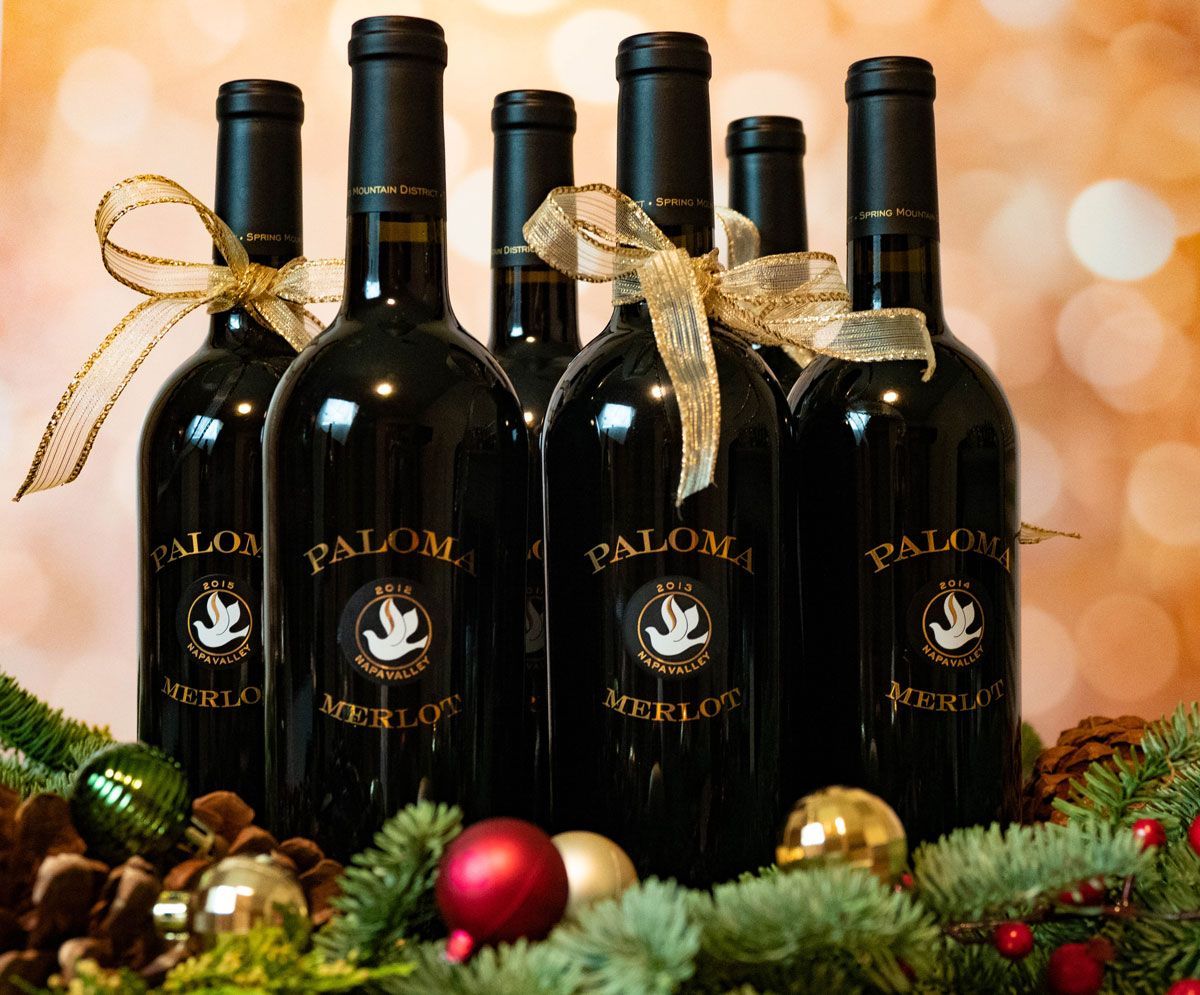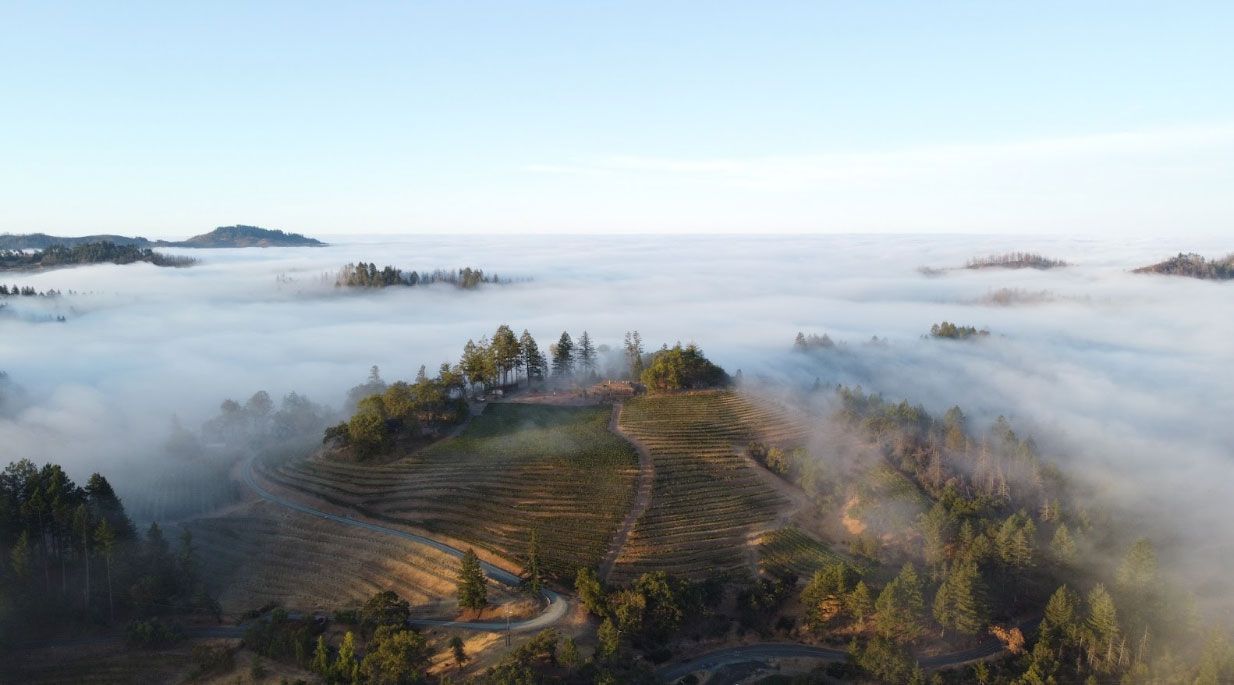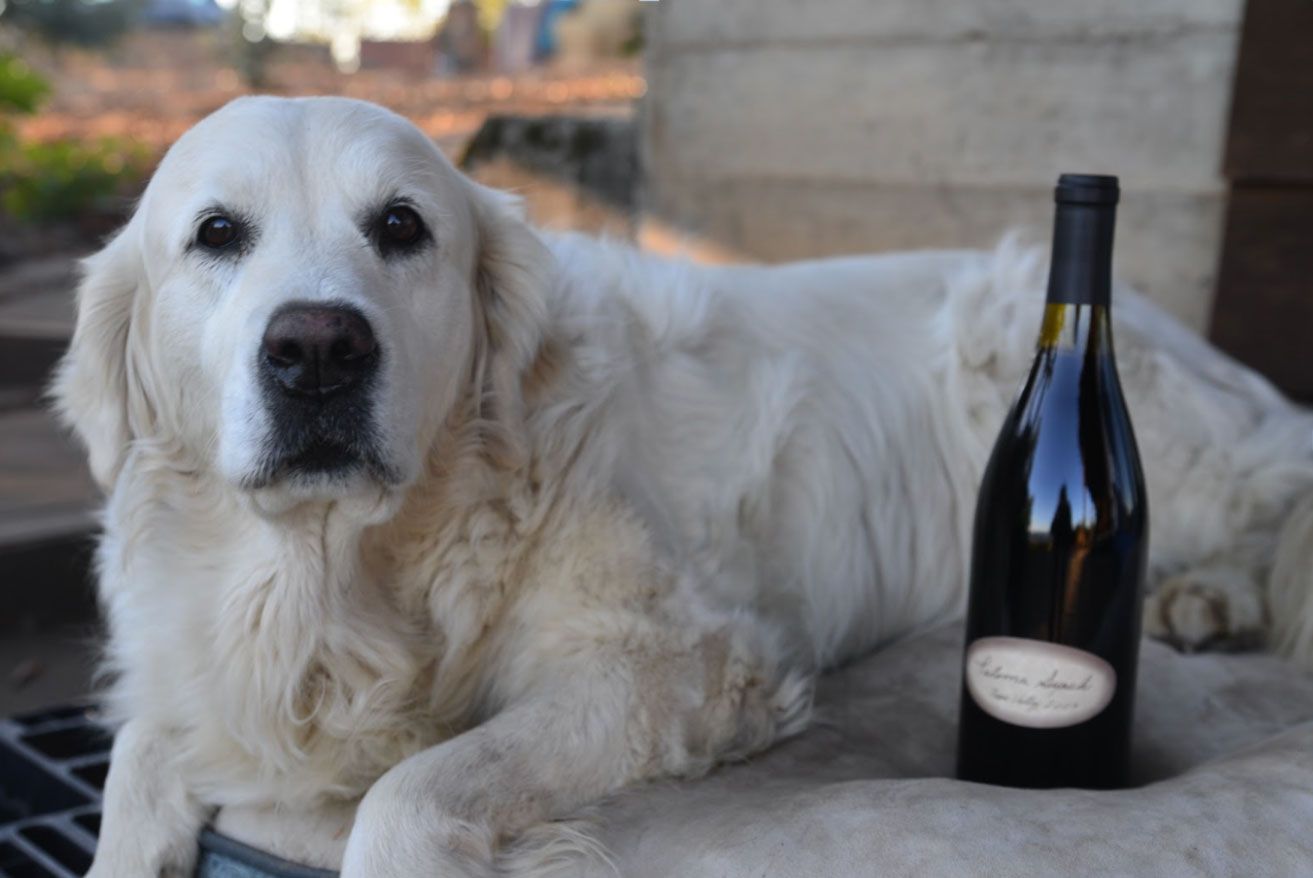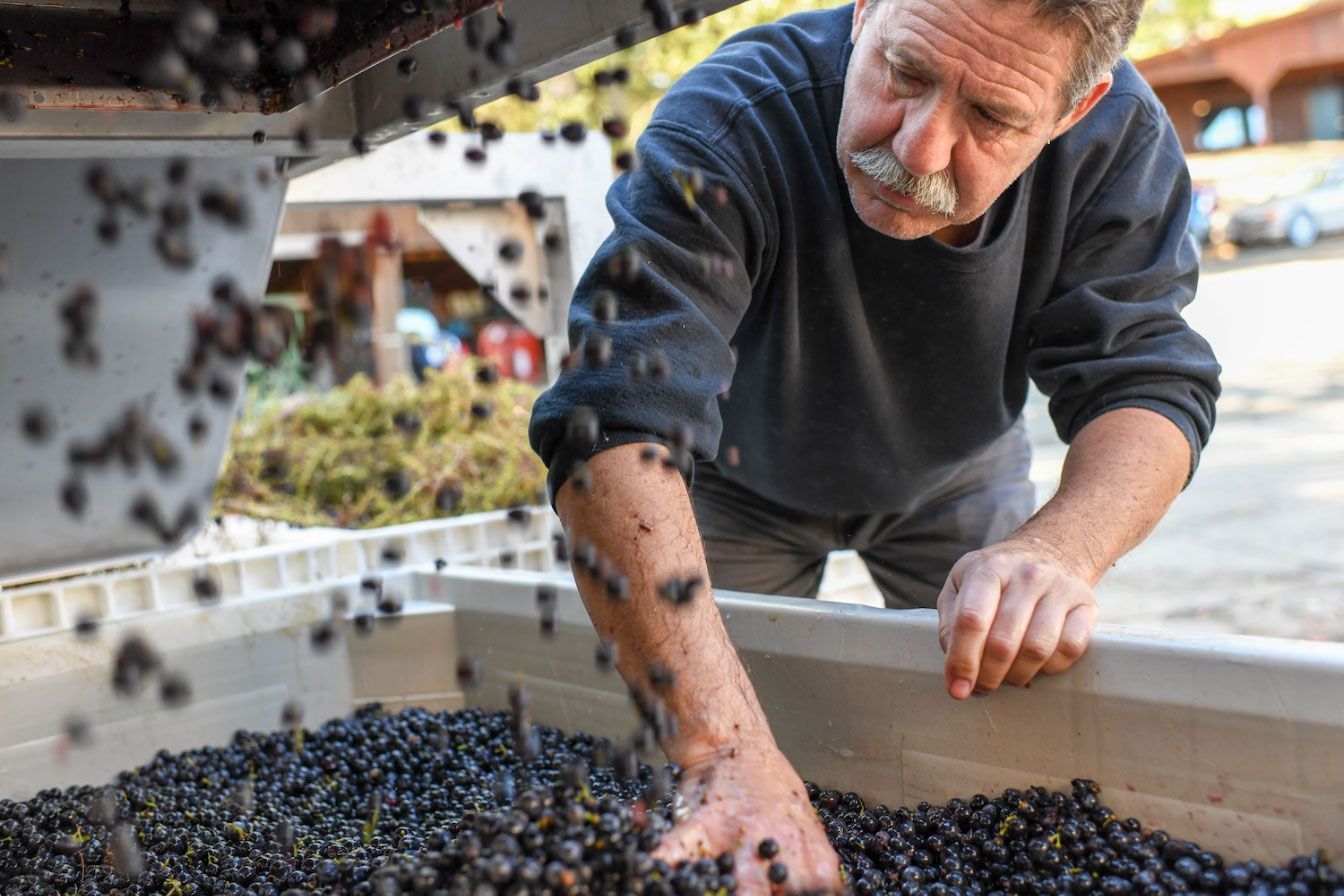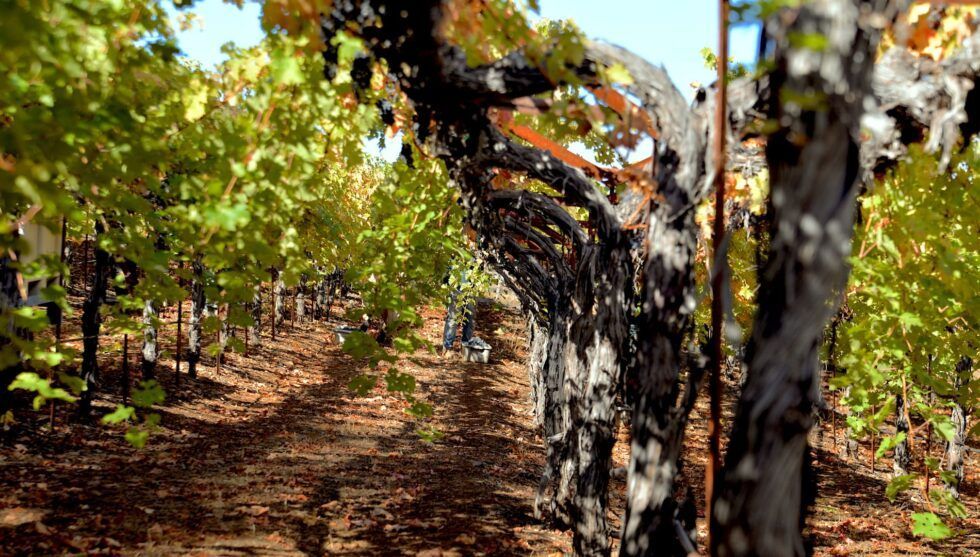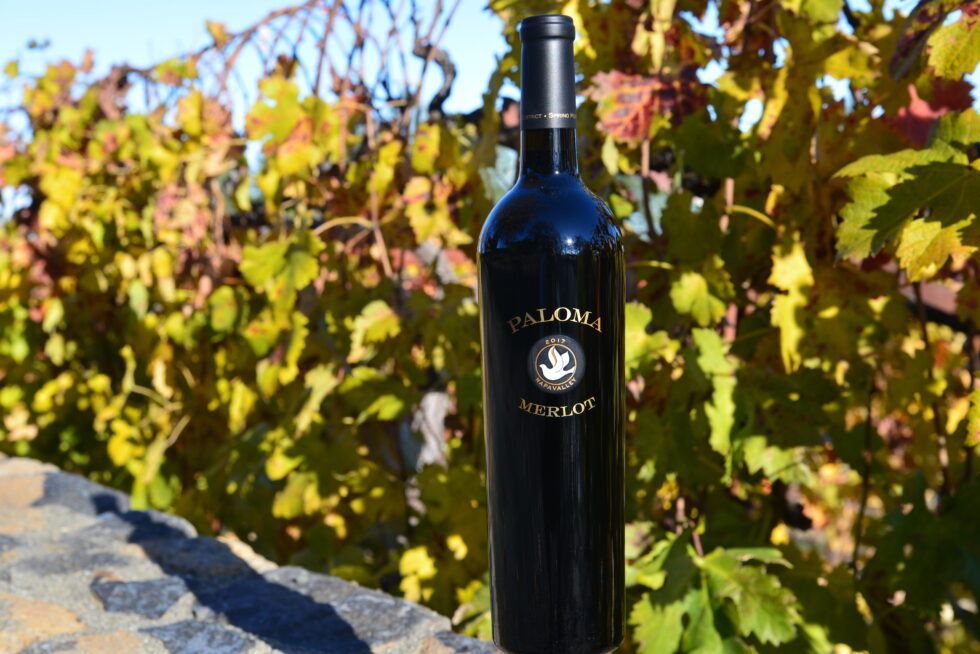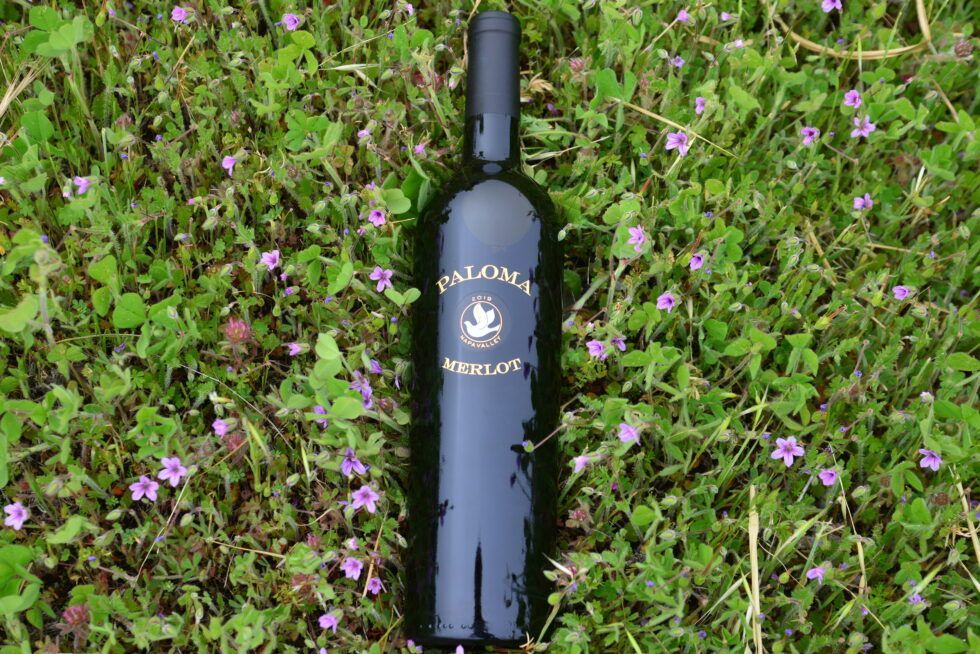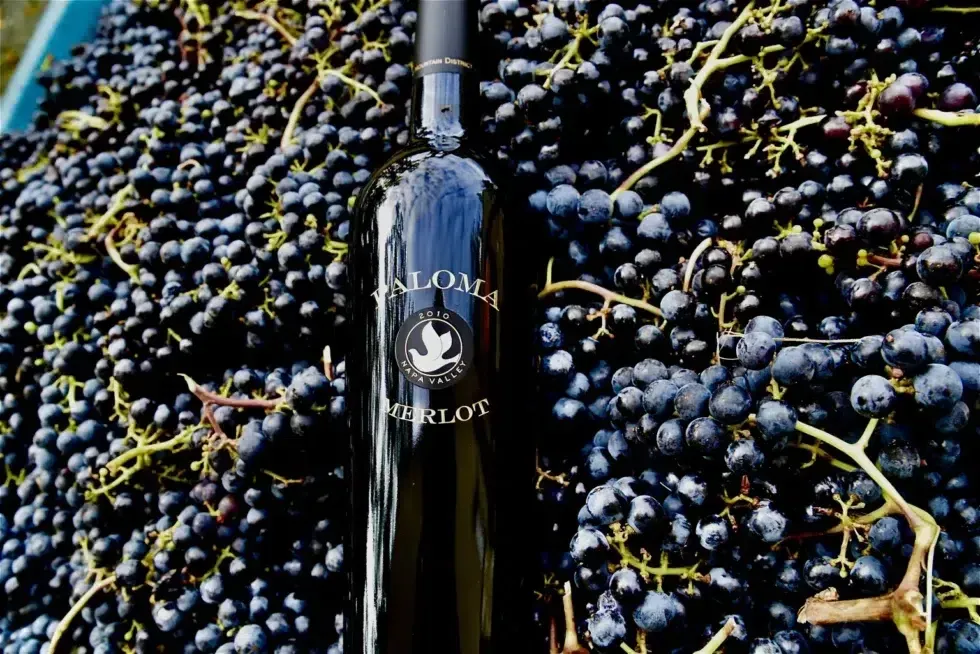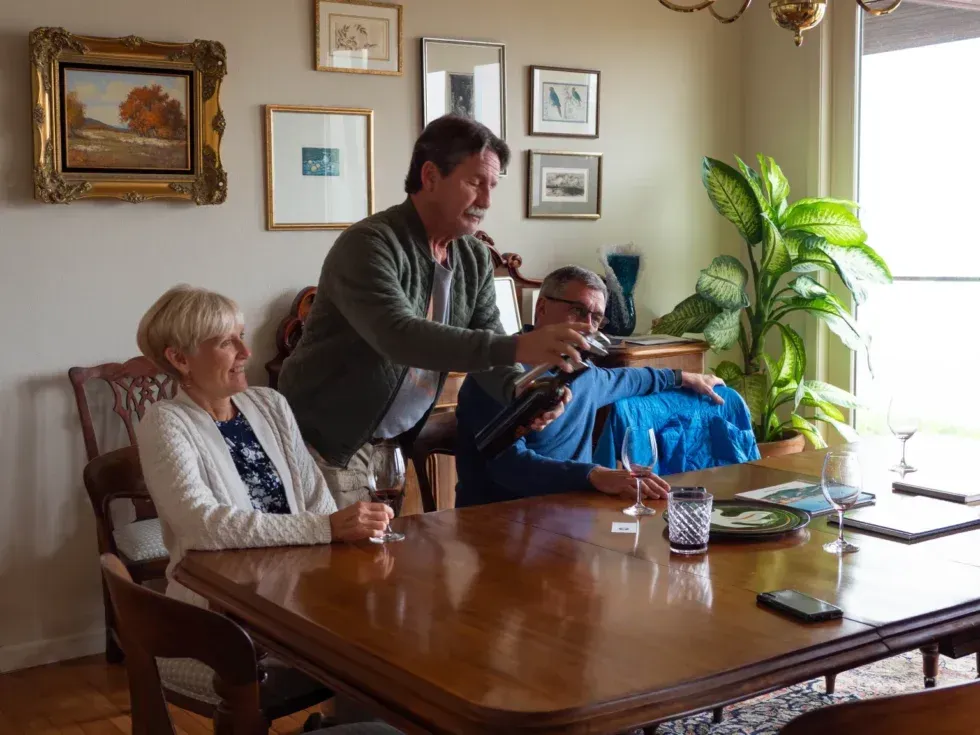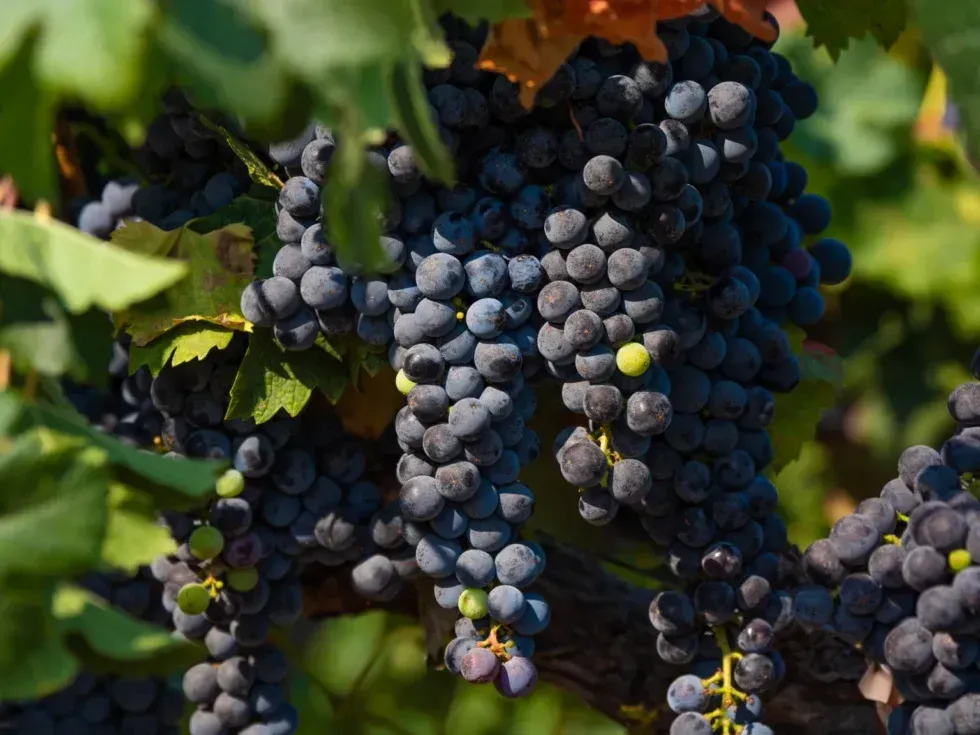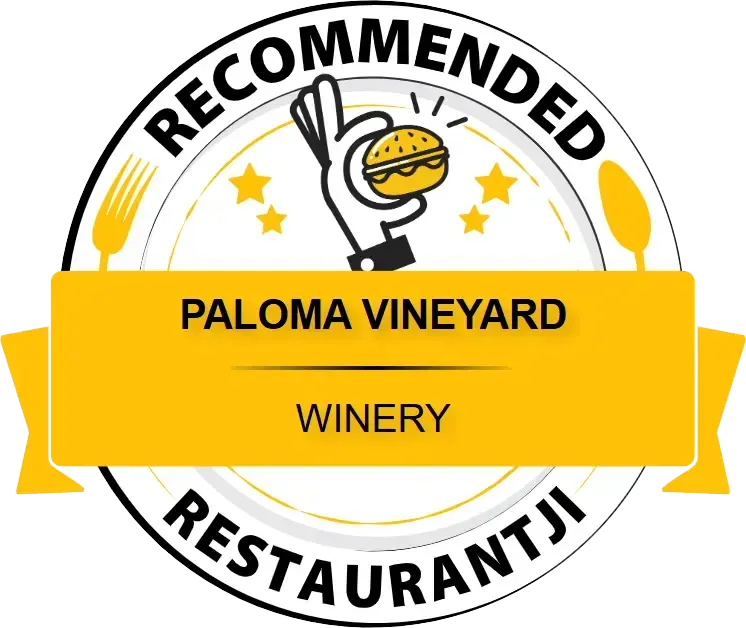A Taste of Time: The Living Ritual of Wine Tasting and Aging
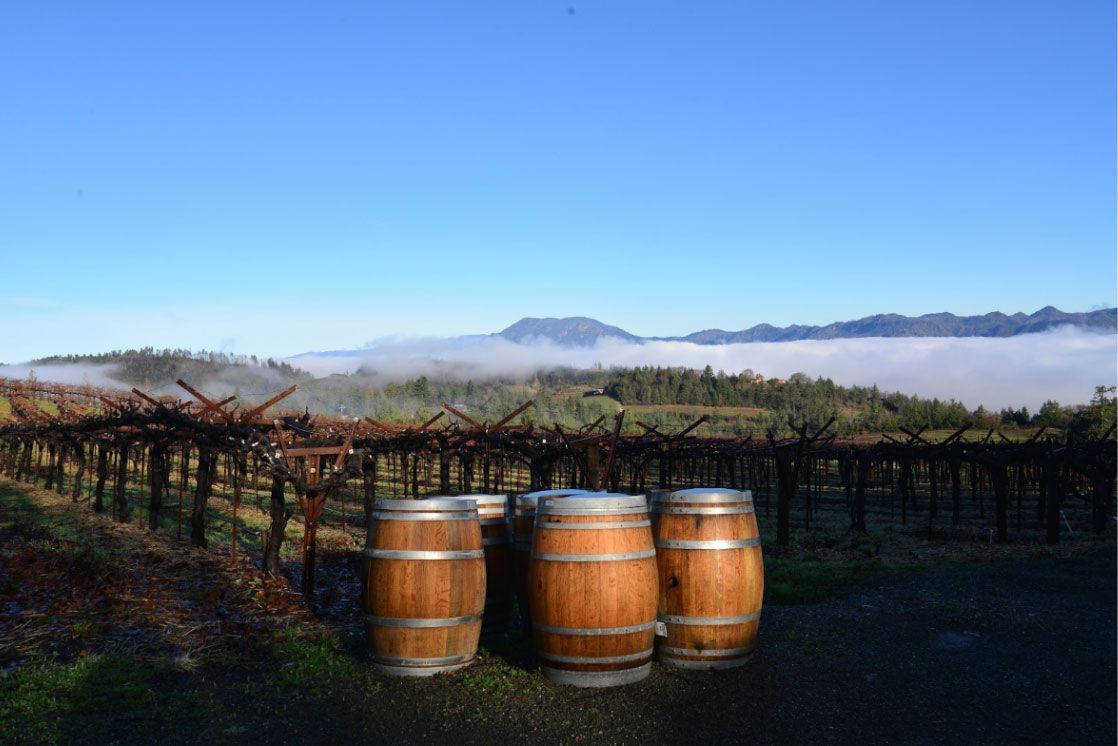
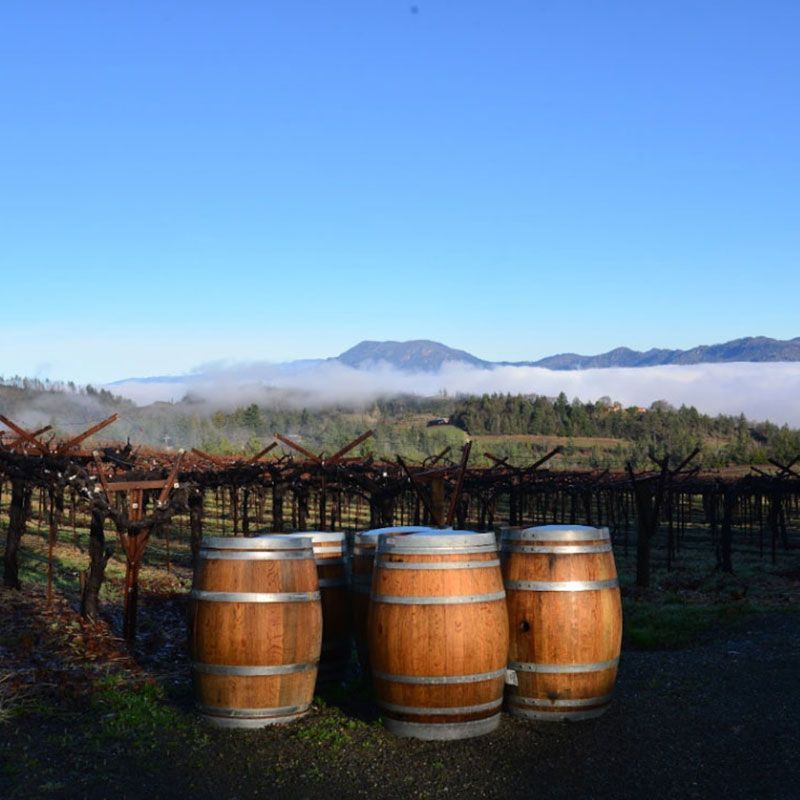
More Than a Sip: It’s a Vintage Story Years in the Making
You work hard. You protect your time. You invest in your people, your home, your future. So when you open a bottle of wine, it’s not just to relax—it’s to mark something. A moment, a memory, a milestone.
At Paloma, we often witness that first-sip pause: a quiet breath, a glance shared between friends or partners, a stillness that says, “This matters.” And it does. Wine, when you stop and listen to it, is a conversation—not just between you and the glass, but between time and transformation. Tasting and aging aren’t separate experiences—they’re part of the same living ritual, and learning how to train your palate for wine deepens that ritual even more.
Understand the Different Flavors of Wine
Wine Tasting is a Practice in Presence
Tasting isn’t about perfection. It’s about attention. You don’t need a sommelier pin or tasting journal to taste meaningfully. You just need curiosity—and a willingness to slow down. Here’s how to tune in to the flavor profiles of wine:
• Look – Notice the hue. Reds go from ruby to garnet. Whites shift from straw to amber.
• Swirl – Oxygen lifts wine aromas. Legs(aka drips, aka tears) hint at increased viscosity and alcohol.
• Smell – Start with fruit, then explore earth, spice, oak, and age.
• Sip – Is it juicy, dry, sharp, smooth? What flavor lingers after you swallow?
• Savor – How does it feel? Do the parts harmonize?
Presence deepens the tasting experience, making even a weeknight glass something grounding and real.
Always Start With a Neutral Palate
Training your palate starts with a clean slate. Always begin with a neutral palate—free from strong flavors like coffee, mint, or spice—so you can truly sense the wine’s character. To make accurate wine comparisons, take a moment to cleanse your palate between sips with water or a plain cracker, allowing each wine to speak for itself.
Learn about the Primary Flavor Profiles of a Wine
Learning about the primary flavor profiles of a wine is a gentle first step into a vast and rewarding world. These are the foundational flavors that come from the grape itself—think fruit, floral, herbaceous, or spice notes—before oak, aging, or terroir leave their mark. Tuning into these core characteristics helps you begin to train your palate for wine, not through memorization, but through curiosity and presence.
You might notice ripe cherry in a Merlot or green apple in a Sauvignon Blanc. The more you taste, the more familiar these patterns become. There’s no single “right” answer—just your evolving ability to listen and respond. And that, more than anything, is where real appreciation begins.
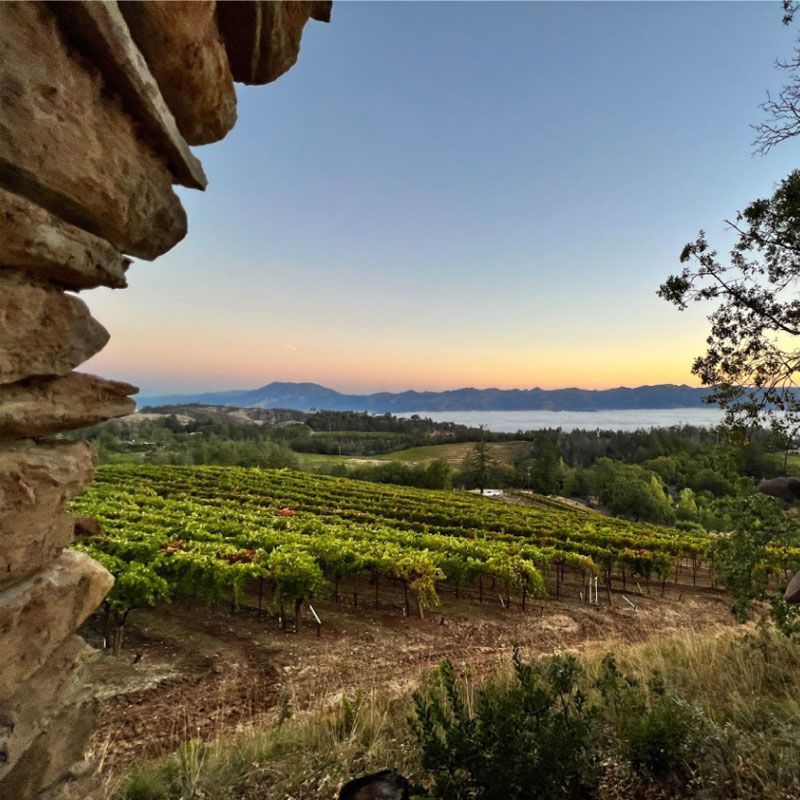
Wine Is Alive
Aging in the Bottle: The Microbial Clock Inside Every Cork
Wine evolves after bottling. Microscopic life—yeast and bacteria—keep working quietly. Acidity and alcohol remain stable, but tannins soften, fruit fades, and earthy notes emerge. It's a transformation in slow motion.
How Wine Aging Shows Up in Your Glass
A young Cabernet Sauvignon might scream blackberry and pine. Aged it another 10+ years and you’ll find dried fruit, leather, cedar, tobacco. White wines like Chardonnay or Riesling often become deeper, more oaky or honeyed, and fuller bodied with time. Aging isn’t guaranteed improvement—it’s change. And change is the point.
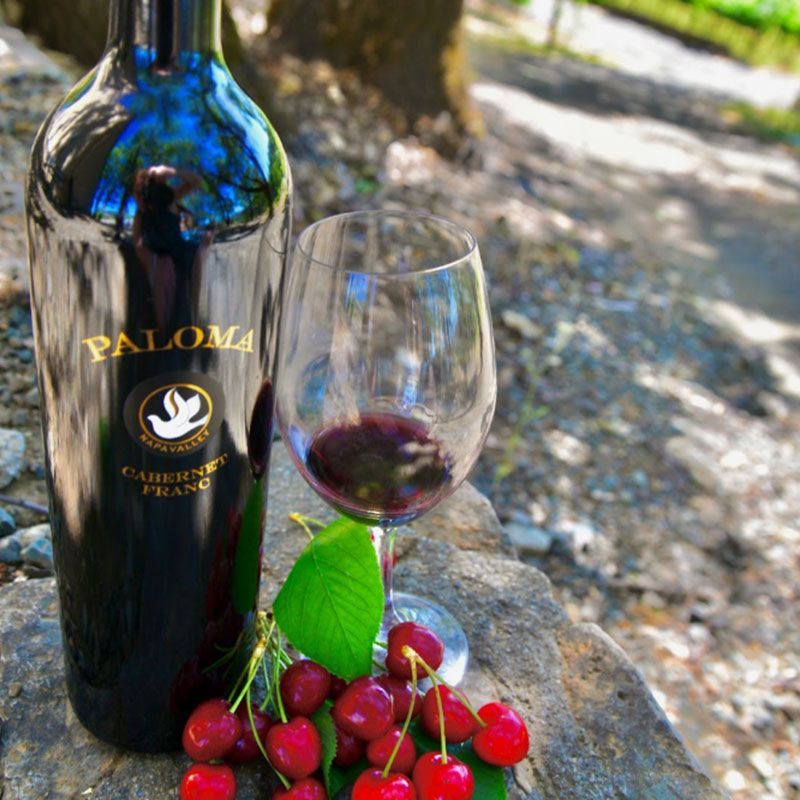
A Conversation Around Vintage
Why No Two Years Taste the Same at Paloma
When we talk about wine, “vintage” isn’t just a date on the label—it’s a snapshot of a year. A season frozen in time. And in recent decades, these snapshots have become more vivid, more volatile, and increasingly reflective of global climate patterns.
A warmer-than-average growing season might yield bolder, riper fruit flavors. A cooler or wetter vintage can result in more earthy wine aromas and higher natural acidity. Neither is “better,” but the difference matters—especially to small producers like us. At Paloma, we don’t chase consistency. We chase character.
Up and coming Paloma Winemaker Caston Richards says
“Each vintage is a conversation between the vineyard and the weather—some years they speak in harmony, others in heated debate, but every bottle tells a story.”
That’s part of the magic of being a small, family-run business. We aren’t blending fruit from hundreds of acres across multiple AVAs. We’re walking our Spring Mountain vines daily, watching as they respond to every shift in sun, wind, and rain. We know the weight of a drought year and the quiet beauty of a warm, unhurried harvest. Each vintage is unique and personal.
Four Years of Transformation: Paloma’s Approach to Wine Maturation
Our winemaking approach respects that individuality. We age our wines for 18 months in French oak—30% of which is brand new—then let them rest another two and a half years in the bottle before release. That’s four years of quiet transformation before you even pull the cork.
Why? Because time reveals texture. That barrel aging softens the tannins and deepens the complexity. The additional bottle aging allows the different flavors of wine to integrate, the oak to settle, and the wine to emerge smoother and more harmonious—ready to drink, but still capable of aging gracefully in your cellar.
When you taste through Paloma’s vintages, you’re tasting the evolution of place and time. You might notice the intensity of the 2015 vintage—a year marked by drought—or the floral freshness of 2019, which followed a cooler, more even season. Each bottle is its own story, told slowly.
How Climate Change Is Reshaping Wine—One Vintage at a Time
Climate change has made these stories more urgent. We’re seeing shorter growing seasons, unexpected snow, and accelerated ripening—all of which demand thoughtful, often painstaking decisions in the vineyard and the cellar. For a large-scale winery, that might mean shifting harvest dates or adjusting irrigation across multiple sites.
For us, it means being intimately in tune with our vines and responding in real time, with the human hands and hearts that know them best.
When you pour a bottle from our cellar, you’re not only tasting wine, but a year of change on a unique mountain that ebbs and flows through drought and high rainfall. In every glass, you’re experiencing the care of the Richards family’s decisions and the trust it takes to let time do its part.
Wine Complexity vs. Harmony: Finding the Balance in Every Bottle
What Makes an Aged Wine Special?
Complexity isn’t about how many notes you can name. It’s about how well they work together. A well-aged wine whispers layers—plum, truffle, spice, forest, memory. But without harmony, it’s just noise. Time doesn’t always polish. Sometimes, it simply passes.
How to Know When a Wine Is Ready to Drink
There’s no perfect formula for when to open a bottle—only the art of good timing. Every wine evolves differently based on its vintage, varietal, and how it's been stored. Trusting your palate, knowing the wine’s story, and choosing the right moment can make the difference between a good glass and a truly memorable one. But I will repeat myself, time doesn’t always polish.
How Different Wines Age: What to Expect Over Time
Wine Style & Typical Aging Potential
Rosé: 1 year
Sauvignon Blanc: 2-3 years
Oaked Chardonnay: 5-7years
Pinot Noir: 5-10 years
Merlot & Cabernet Sauvignon: 10-20 years
Dessert Wines (e.g. Sauternes): 15-30 years
| Wine Style | Typical Aging Potential |
|---|---|
| Rosé | 1 year |
| Sauvignon Blanc | 2-3 years |
| Oaked Chardonnay | 5-7 years |
| Pinot Noir | 5-10 years |
| Merlot & Cabernet Sauvignon | 10-20 years |
| Dessert Wines (e.g. Sauternes) | 15-30 years |
Aging depends on tannin, acidity, alcohol, structure, and your storage conditions.
Tip: Buy two bottles. Open one now, and age the other. Let your palate guide you.
The Importance of Vintage in Wine: What the Year Tells You
Each vintage tells a different story that is shaped by climate, harvest timing, and vineyard farming decisions.
Warm year? Expect ripe, plush fruit.
Cool year? Think leaner, herbal, more restrained. Maybe higher natural acidity.
What is more important is to track what
you love so you know what vintage is going to align with
your palate. Bold and rich or structured and savory? Over time, you’ll start to learn which vintages are worth waiting for, for
you.
Refine your Palate by Revisiting your Wine Collection
We get it—you’re saving that one bottle for the perfect moment. But here’s the truth: wine isn’t a trophy. It’s a companion. Even the most treasured wine collections are meant to be enjoyed, not just admired. If you open it and it’s past its peak, you haven’t failed; you’ve learned. You’ve shared and tasted something only time could offer. Sometimes the best time to drink wine isn’t someday, it’s today.
Pairing Food with Wine at Home
Tasting becomes even more powerful when wine meets food. Flavors don’t just complement each other, they can amplify and evolve each other. Or they clash and disappoint. The right pairing can highlight hidden notes in the wine or bring new depth to a dish, creating a harmony that’s greater than the sum of its parts. Pairing wine with food is not just about what’s on the plate or in the glass—it’s about how they speak to each other.
Young wines have more tannins and ripe fruit flavors and love rich, fatty foods.
Aged reds show their acidic side more and pair well with creamy and cooked flavors, like roasts and umami-forward dishes.
Aromatic whites, like Riesling or Gewürztraminer, shine with spice, heat, or sweetness.
Pairing isn’t a science—it’s a dance. Start with curiosity. Adjust as you go.
How Paloma Wines Tell a Story: From Spring Mountain to Your Glass
At Paloma, our mountain wines carry the texture of time: wild Spring Mountain fog, hot summer sun, the rhythm of harvest. Whether it’s Merlot or Cabernet, our wines evolve in bottle and in the glass—and so do our stories.
When you taste with us, you’re tasting care. And you’re tasting change. That’s the Paloma ritual: simplicity, honesty, and honoring time.
A Living Practice
Wine tasting doesn’t have to be scary. It isn’t a performance. It’s a practice—like meditation, or music, or memory. It’s a way of being curious, of slowing down, and of being present. It’s also where you begin to learn
how to train your palate for wine—not through rules, but through attention.
And aging wine? That’s a practice in patience. It’s embracing what you can’t control, recognizing the beauty in change, and accepting that not everything lasts forever—but some things, when savored, become unforgettable.
So pour a glass. Notice the light. Let it open. Let it breathe. Let it surprise you. And let that be enough.
Train Your Palate by Exploring Wine Flavors and Aromas at Paloma Vineyard
Join our mailing list for release dates, vertical tastings, and winemaker notes from Paloma Vineyard. Or visit us in person—where every sip has a story, and you are part of it.
